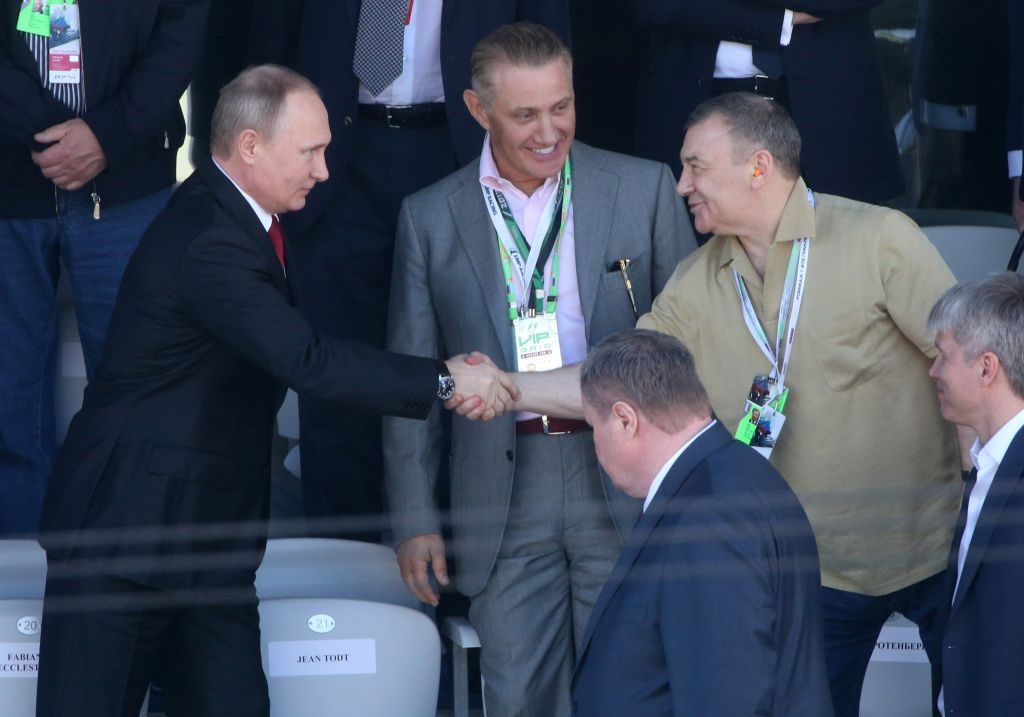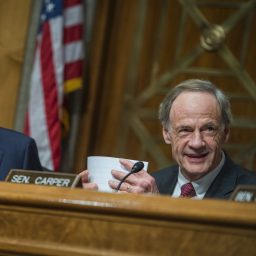The US Department of the Treasury’s Office of Foreign Assets Control is urging museums, galleries, auction houses, and other art businesses to establish compliance programs to prevent individuals from using high-value artworks to evade US sanctions.
The office issued an advisory last week laying out how the lax laws governing the art market make it a prime target for illegal financial activity, including money laundering and sanction evasion. The advisory comes after a congressional report earlier this year found that Russian oligarchs Arkady and Boris Rotenbergs spent $18.4 million in US funds on art after sanctions were placed on them in 2014.
A “lack of transparency and a high degree of anonymity and confidentiality” are among the characteristics that make the market for high-value artworks prone to such activity, according to the advisory.
“Shell companies and intermediaries are also frequently used to purchase, hold, or sell such artworks, as well as to remit and receive payments,” it goes on. “These avenues for maintaining anonymity allow blocked persons and other illicit actors to obscure their true identities from other market participants, and help to hide prohibited conduct from law enforcement and regulators. The mobility, concealability, and subjective value of artwork further exacerbate its vulnerability to sanctions evasion.”
Thomas Danziger, a New York-based art lawyer, says he hasn’t seen an advisory like this before, and he’s not sure what prompted it to be issued when it was, but it could be a sign of things to come.
“Further scrutiny and further regulation in the US art world is coming,” Danziger tells Artnet News. “It’s happening in Europe; it’s already happened in the UK. One would be foolish to go ahead with any kind of large-ticket transaction without being mindful of those regulations.”
Using UK regulations as a model, Danziger advises his clients to do a number of things before conducting any such transaction, including performing both an Office of Foreign Assets Control search, and broader internet research, on the prospective seller or buyer, and writing into the contract language that prohibits money laundering and other illegal acts.
That process, he says, is probably similar to the kind of compliance programs mentioned—but not specified—in the advisory.
“Very critically, we want to make sure that we understand who the counterparty is,” he says. “We have to have a high degree of confidence that we know who we’re dealing with on the other side of the table, because all of these regulations are only as good as the party that’s signing the contract with you.”
The advisory also explained that the Berman Amendment—a piece of law that prevents the federal government from regulating the import and export of information, including art—does not necessarily preclude Office of Foreign Assets Control enforcement on the sale of art to blacklisted individuals.
“If you’re dealing with Al Qaeda and they’re selling you a Picasso—you have to know that amendment won’t protect you,” says Danziger.









